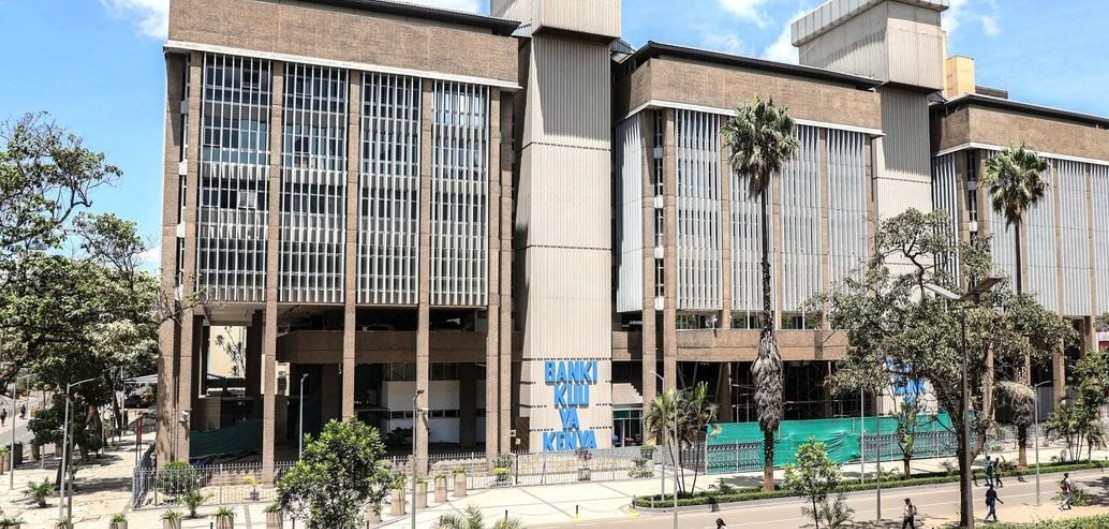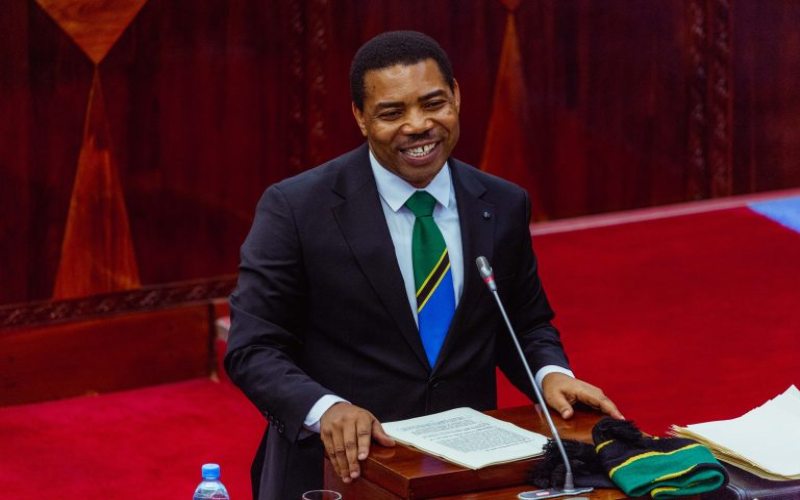MPs raise alarm over Kenya Power’s Sh4.4 billion loss, operational inefficiencies

The committee was also alerted to KPLC’s heavy exposure to foreign exchange losses, which have reached Sh23 billion due to loans and power purchase agreements denominated in dollars.
Kenya Power and Lighting Company (KPLC) is facing intensified parliamentary scrutiny as fresh audit revelations expose its ongoing financial distress, unpaid government debts, and questionable operational practices.
The National Assembly’s Public Investments Committee on Commercial Affairs and Energy (PICCAE) summoned the utility’s top leadership to answer detailed queries covering the 2020/21 to 2022/23 financial periods, revealing a utility grappling with both fiscal and technical challenges.
More To Read
- MPs grill KenGen boss over hiring breaches, Sh5.3 billion asset transfer
- Audit uncovers Sh13 billion irregularities in Ketraco wayleave payments
- CS Wandayi, senators clash over county wayleave fees in Energy Bill debate
- Kenya records highest electricity imports as domestic supply dips
- Kenya Power profit falls to Sh24.5 billion despite higher electricity sales
- MPs slam KETRACO over Coast power project delays despite billions in funding
The committee hearing, chaired by Pokot South MP David Pkosing, highlighted the gravity of KPLC’s struggles, including a net loss of Sh4.4 billion in the last financial year and a working capital deficit of Sh51 billion.
This marks the seventh straight year the utility has reported losses, casting doubt over its ability to continue operations without urgent intervention.
The Auditor-General warned, “There exists a material uncertainty on the company’s ability to meet its obligations as they fall due,” signalling a serious risk to the utility’s financial sustainability.
Addressing the committee, Managing Director Dr Joseph Siror offered cautious optimism, pointing to reforms in tariffs, operational restructuring, and cost management.
“Our working capital deficit has reduced from Sh75 billion in 2020 to Sh51 billion in 2023. With the ongoing reforms and revenue growth, we expect to turn a corner soon,” he stated.
MPs pressed the company on the role of government institutions in its mounting debt, noting unpaid bills exceeding Sh26 billion.
Key defaulters include the Rural Electrification Scheme and several county governments, many of which have delayed payments for street lighting projects.
A 2019 Cabinet directive to refund KPLC Sh19.4 billion has yet to be implemented.
MP Pkosing remarked, “How can the government expect efficiency from Kenya Power when it's one of the biggest defaulters. We must walk the talk when it comes to paying our debts.”
The committee was also alerted to KPLC’s heavy exposure to foreign exchange losses, which have reached Sh23 billion due to loans and power purchase agreements denominated in dollars.
Siror revealed that the company has petitioned the Energy and Petroleum Regulatory Authority (EPRA) to adjust the foreign exchange mechanism by 2026, aiming to shield consumers from unpredictable currency fluctuations.
Procurement issues added another layer to the company’s challenges. The audit uncovered a purchase of a 10-acre plot in Machakos at Sh75 million, nearly double its valuation, and direct procurement of spare parts worth millions without competitive tendering or proper documentation.
The committee also questioned payments of Sh488 million in decades-old supplier invoices and an unapproved exit package of Sh26.8 million to a former Managing Director.
Operational inefficiencies remain troubling. Nearly 23 per cent of electricity is lost during distribution, exceeding the EPRA-approved 19.5 per cent limit, due to technical faults, power theft, and weak monitoring.
Over 21,000 customer connection projects, worth KSh 12 billion, remain incomplete, some dating back 11 years, despite full customer payments.
MP Pkosing and members warned that these challenges reflect systemic institutional problems requiring more than surface-level fixes.
“The people of Kenya cannot continue paying for inefficiencies, corruption, and poor management. If Kenya Power is to survive, accountability must be non-negotiable,” he said. The committee indicated that it would propose strong measures to safeguard public resources and improve oversight over KPLC.
For the average Kenyan, the utility’s struggles are tangible: higher bills, unreliable electricity supply, and delayed new connections.
Siror insisted the company remains committed to recovery, stating, “We have made progress in reducing technical losses, improving billing accuracy, and engaging the government on debt settlements. The goal is to make Kenya Power self-sustaining once again.”
With parliamentary eyes closely watching, the nation waits to see whether KPLC can navigate years of turbulence or remain mired in financial and operational uncertainty.
Top Stories Today










































